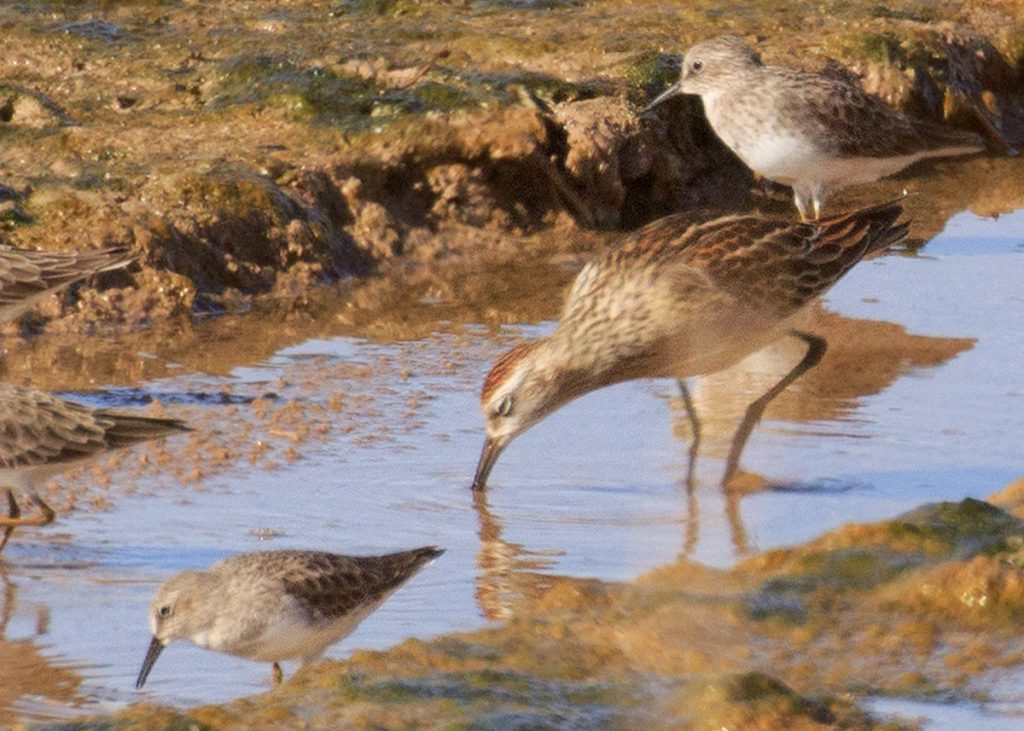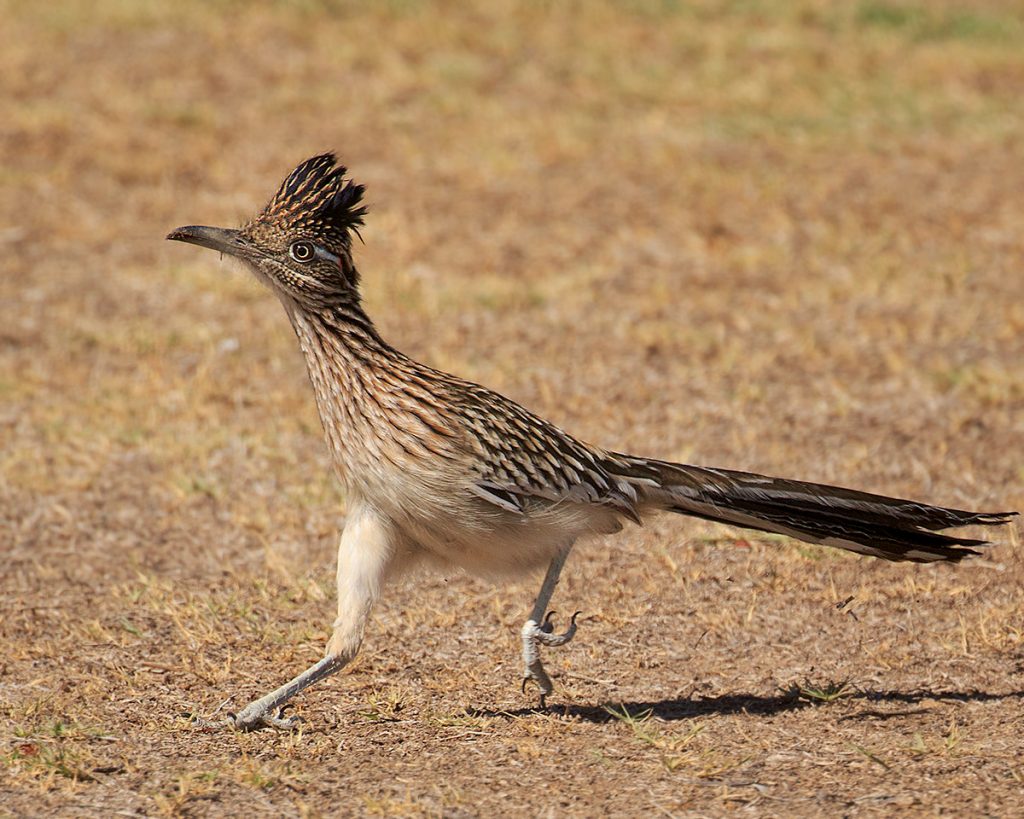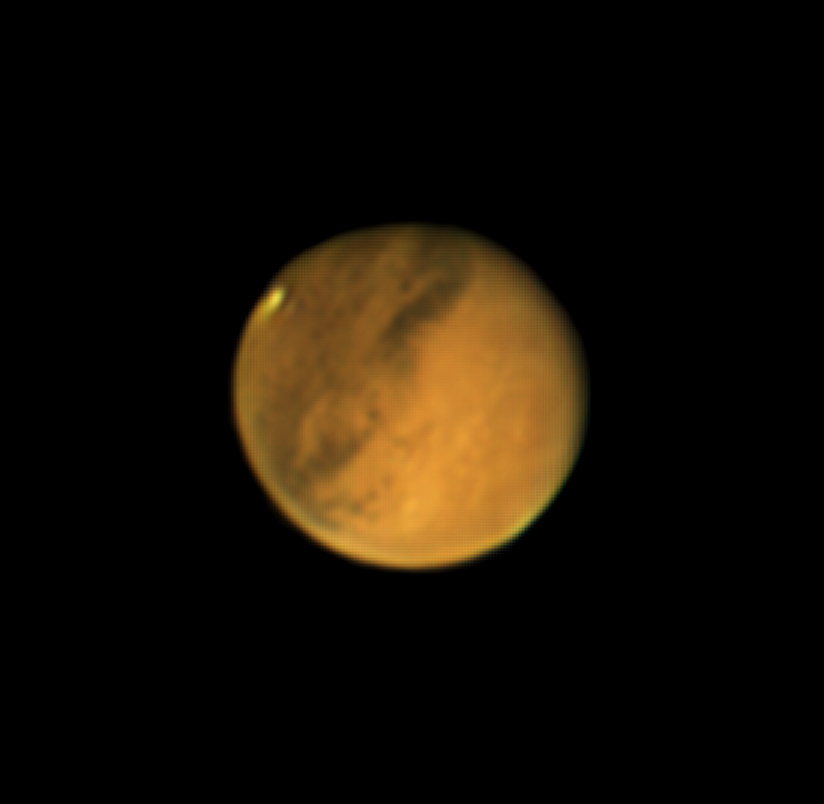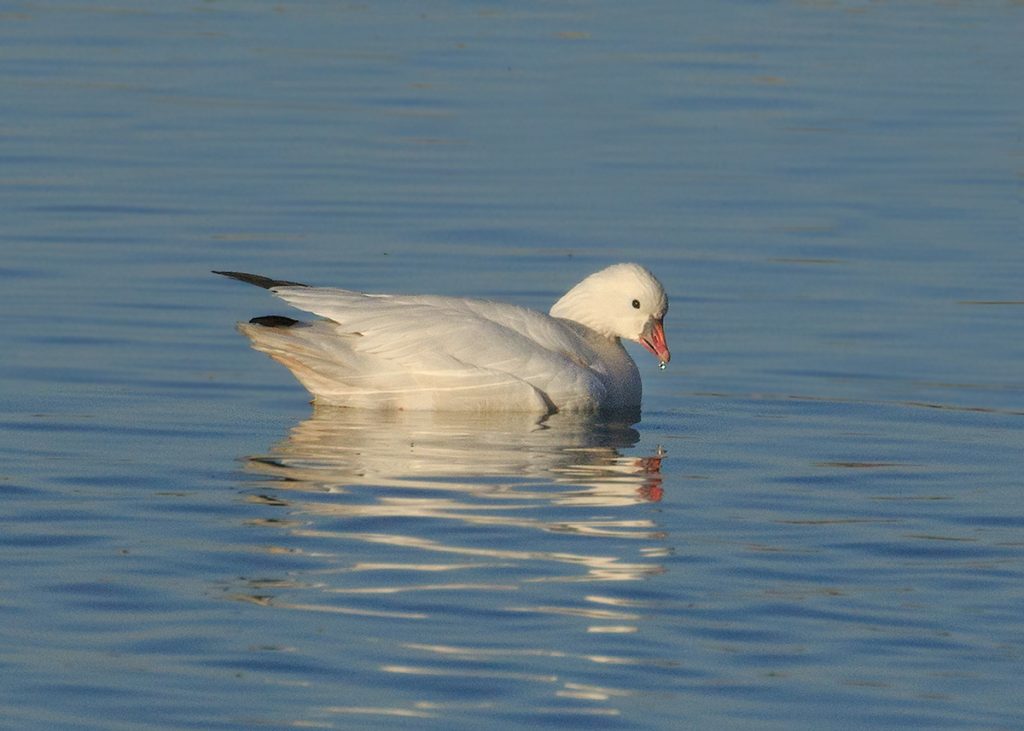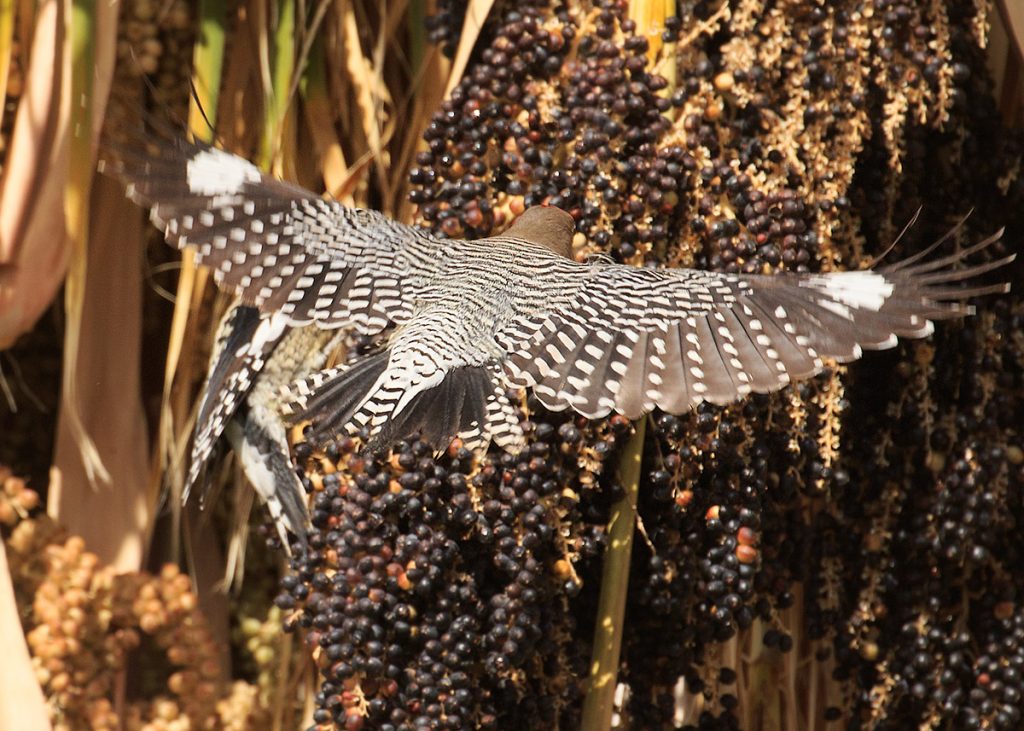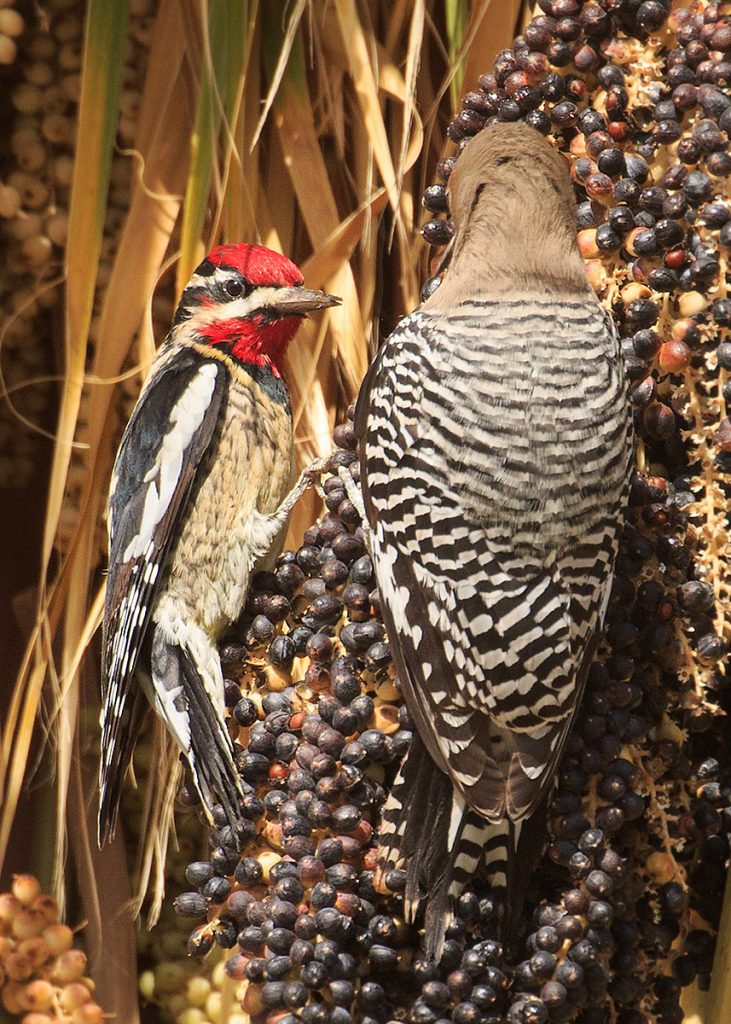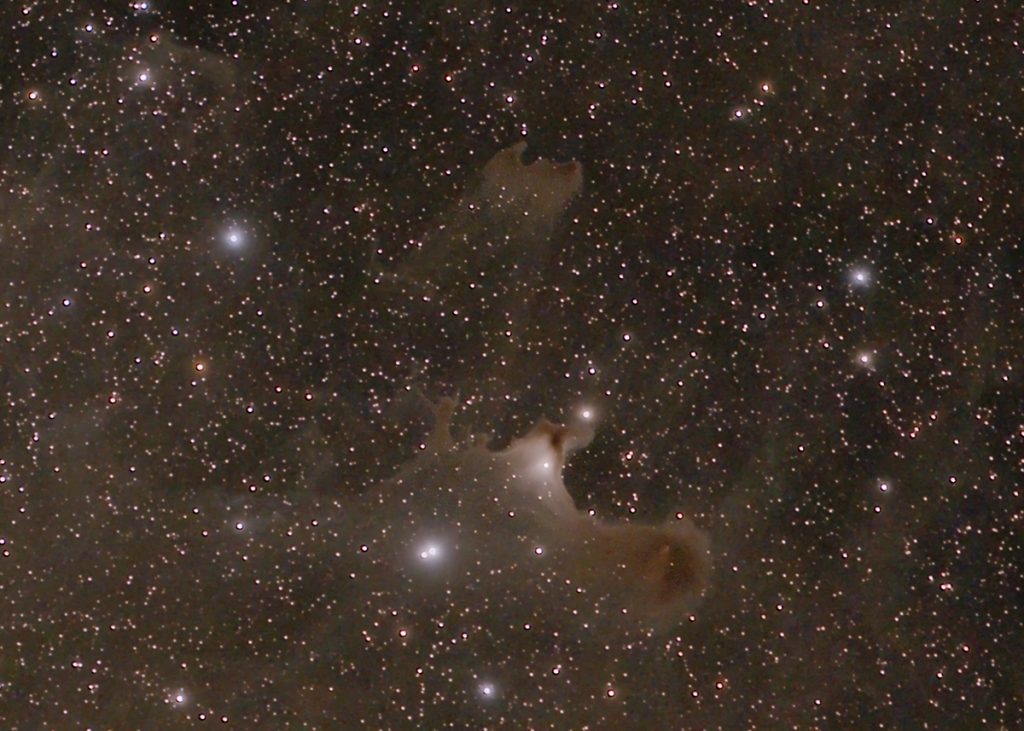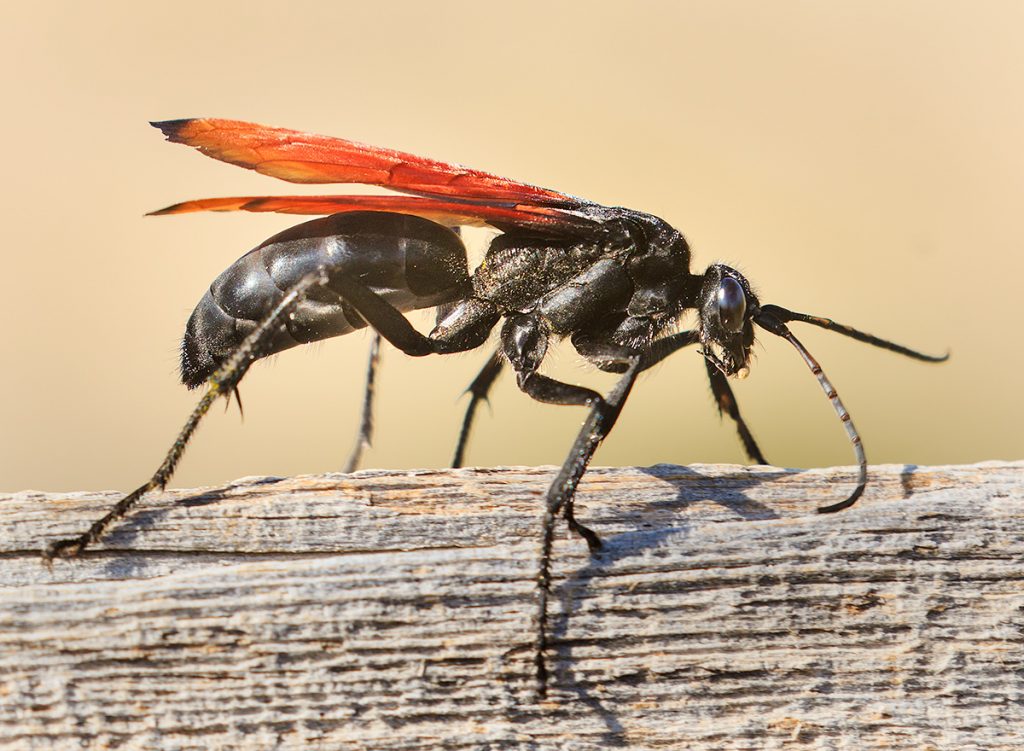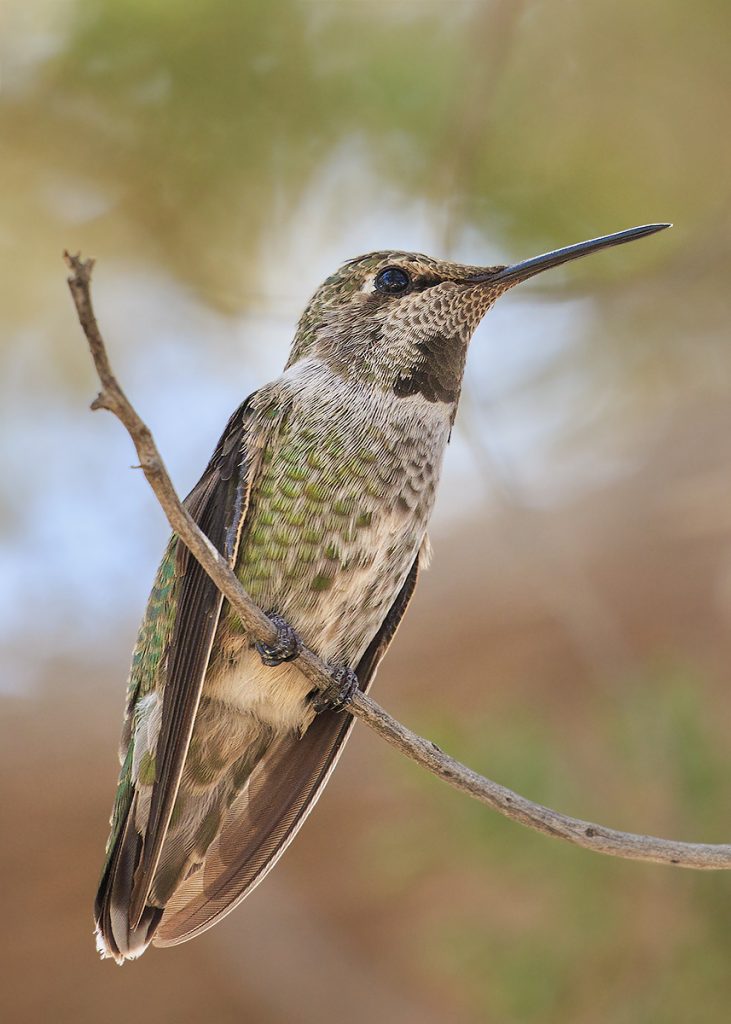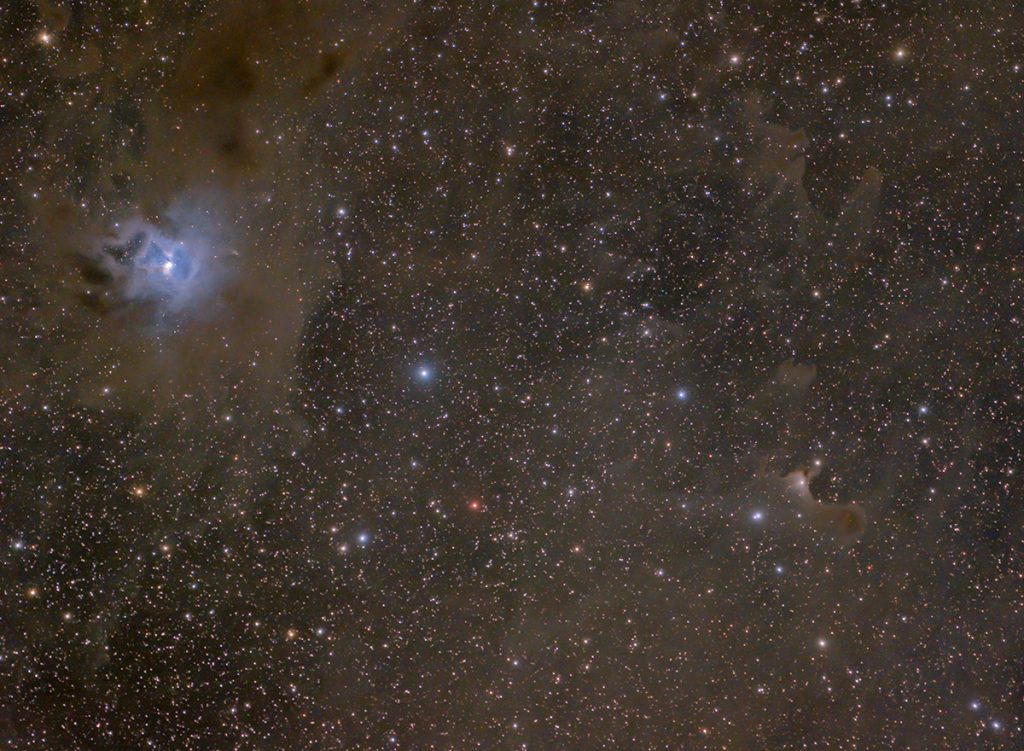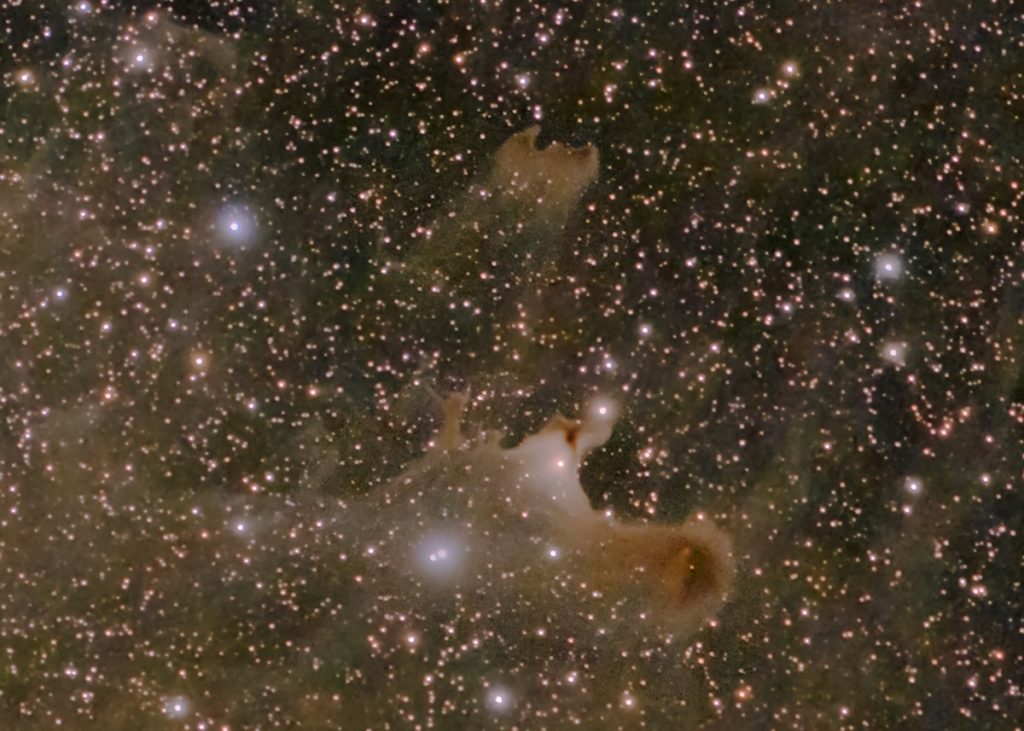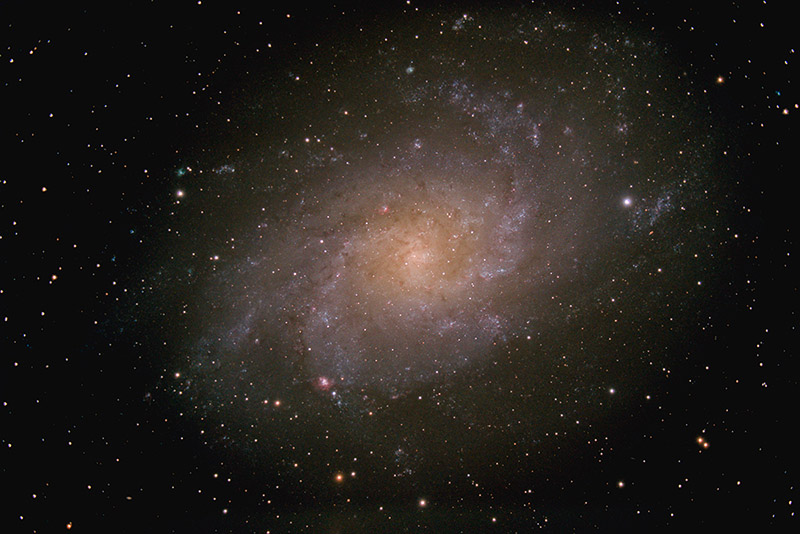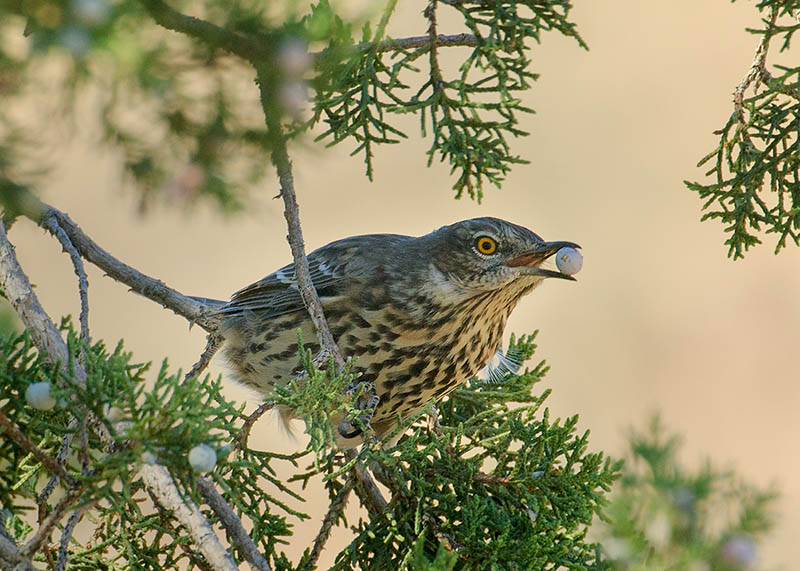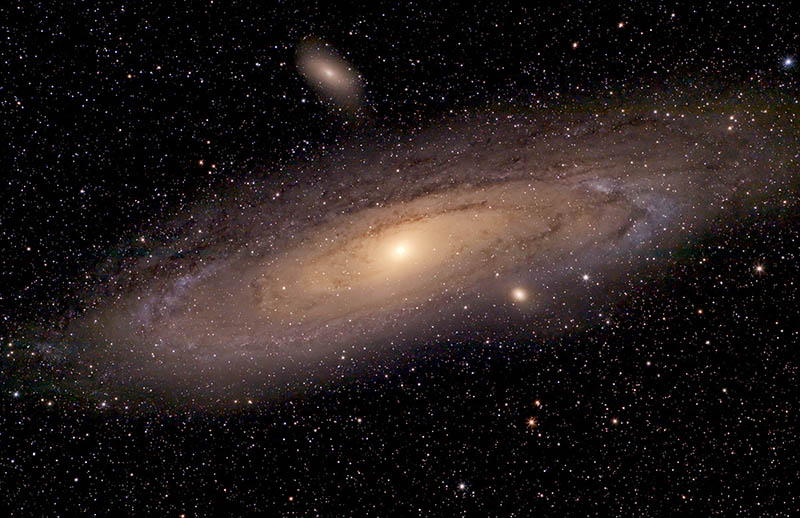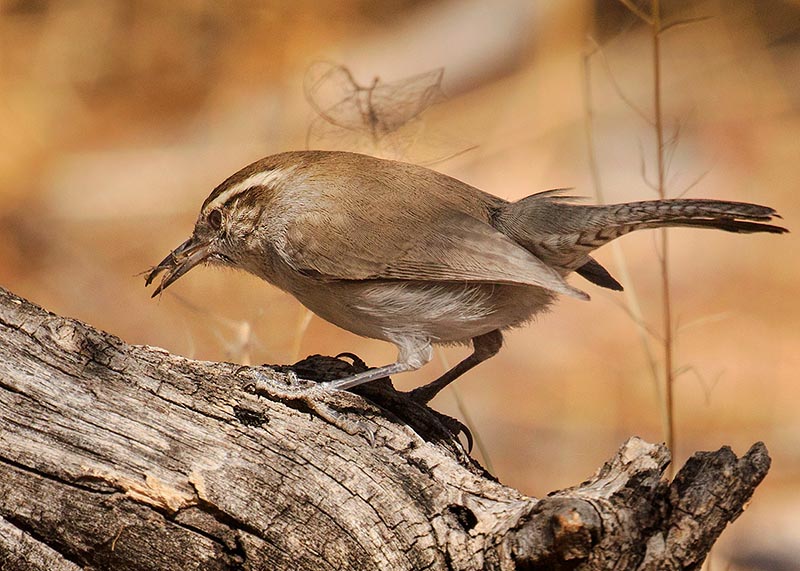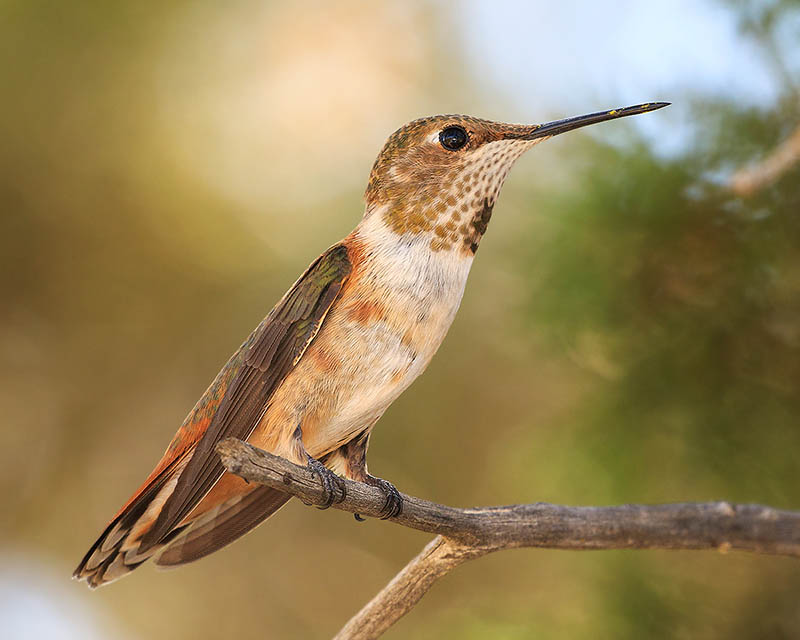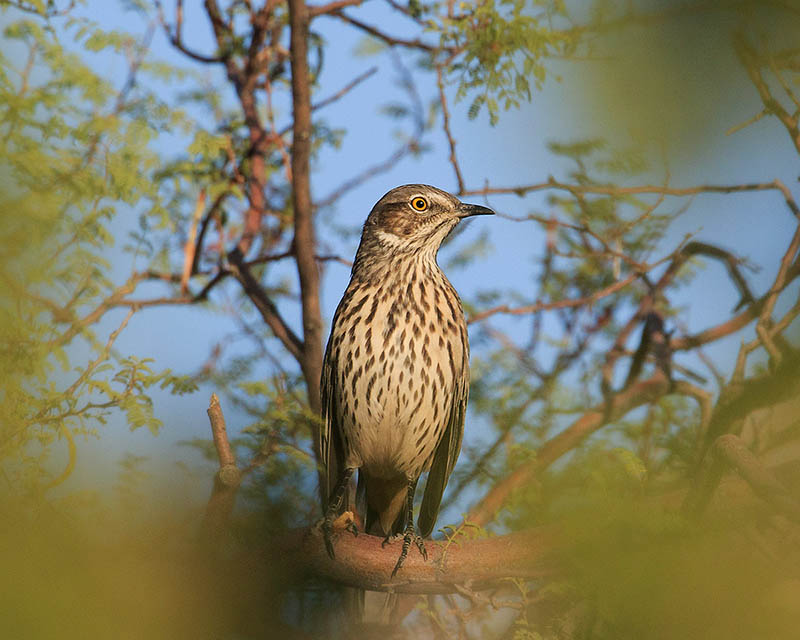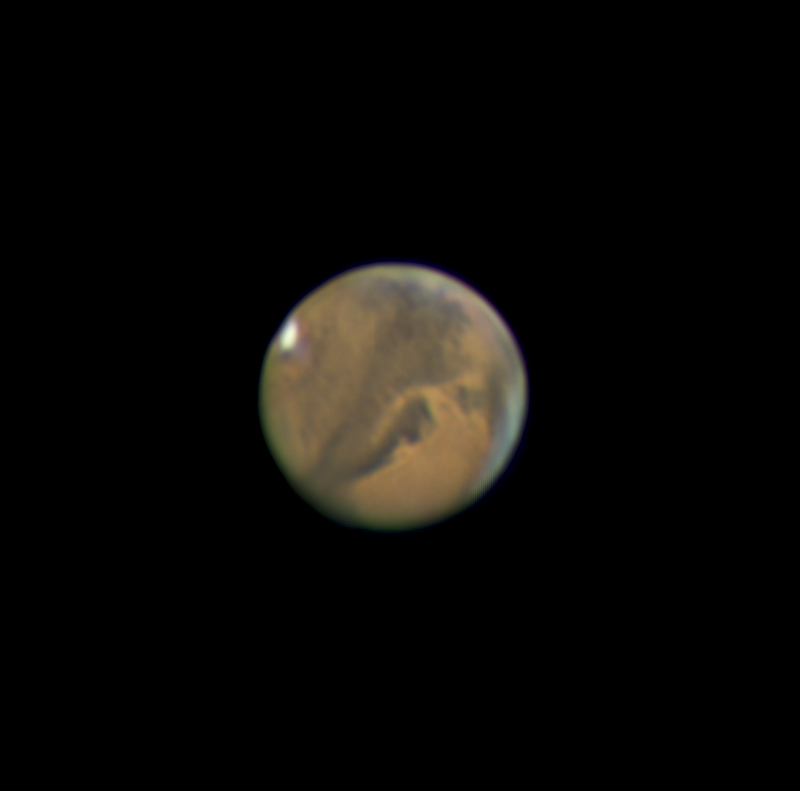Today I got a message from Tim Burkhardt to let me know that a Sharp-tailed Sandpiper had been found near Dateland. That is about 60 miles from where I am. A Sharp-tailed Sandpiper is definitely worth a drive. I headed out and got there in time to meet some other birders who pointed out exactly where it was along with seven Least Sandpipers. I quickly took a few photos and then got to talking with the others. As we watched the shorebirds all flushed and flew a few hundred yards and landed again. A few minutes later, someone thought they heard the Sharp-tailed Sandpiper fly overhead. It must have been it because we never saw it again. I got there just in the nick of time, if I had stopped anywhere along the way I would have missed it. I would have liked to get some better photos but that’s the way it goes sometimes. More birders were showing up only to be disappointed.
